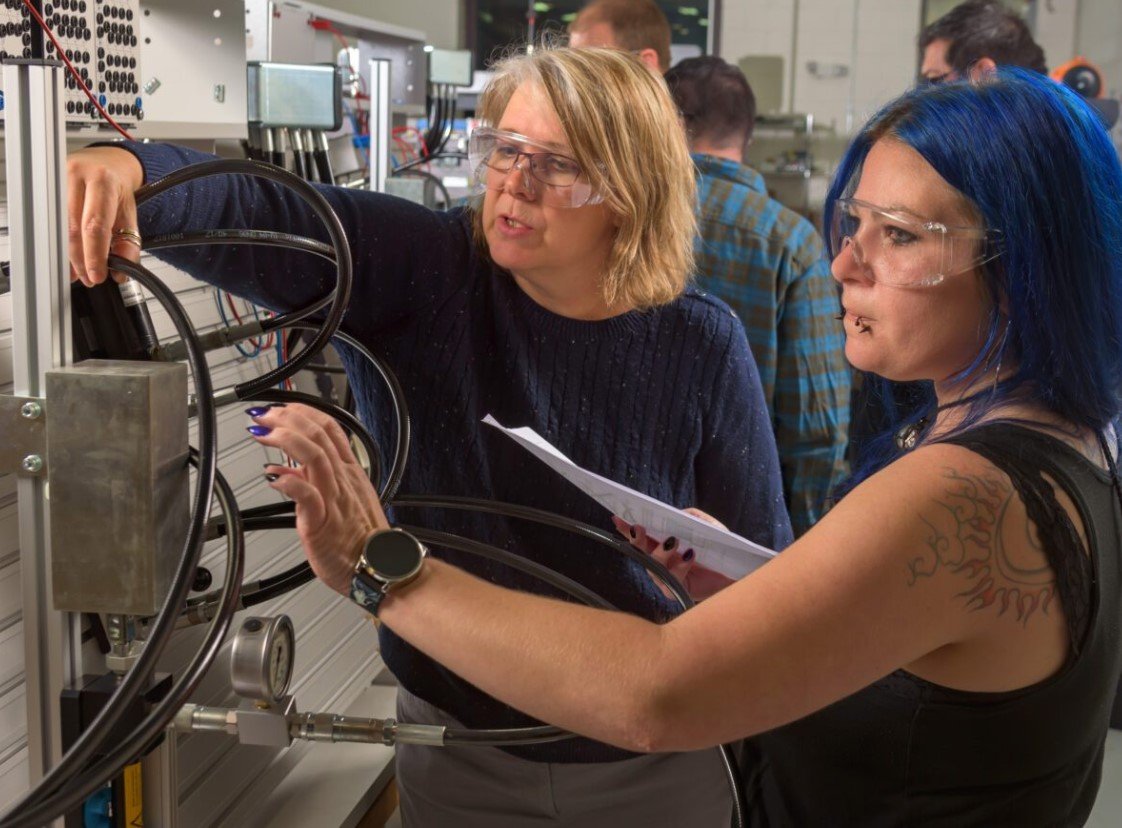In the ever-evolving landscape of engineering, women are carving out their niche, solving complex problems, and driving innovation across various sectors. The food industry, in particular, has seen a surge of talented female engineers who are making significant contributions. As we celebrate the 11th International Women in Engineering Day on June 23, let’s delve into their experiences and explore how we can support current and future women engineers.
A Look at the Data
Over the past four decades, women have increasingly pursued STEM fields. However, the architecture and engineering group has experienced more modest growth compared to other disciplines. In 1980, women represented only 5% of the architecture and engineering category, but that figure has gradually risen to 16% in 2023. In contrast, women now account for 55% of those in the biological sciences—a remarkable shift. The share of women in computer and mathematical professions peaked at 35% in 1990 but has since stabilized around 27%. Meanwhile, women working as chemists and materials scientists reached a peak of 39% in 2013, settling at 36% in 2023.

Female Representation in Engineering by the Numbers
Let’s break down the gender distribution across various engineering subcategories based on data from the U.S. Census Bureau:
- Environmental Engineers (32%): These engineers play a crucial role in addressing environmental challenges, from water quality to sustainable practices.
- Industrial Engineers (24%): Their expertise lies in optimizing processes, improving efficiency, and streamlining production lines.
- Chemical Engineers (20%): These professionals drive innovation in food processing, ensuring safety, quality, and sustainability.
- Biomedical Engineers (19%): They bridge the gap between healthcare and engineering, developing medical devices and technologies.
- Civil Engineers (17%): Responsible for designing and maintaining infrastructure, including food production facilities.
- Materials Engineers (16%): Their work spans materials selection, durability, and performance in food packaging and equipment.
- Aerospace Engineers (14%): While not directly tied to food, their expertise in materials and systems impacts the industry.
- Mechanical Engineers (10%): From machinery design to thermal systems, they contribute to food production processes.
- Petroleum Engineers (9%): Although not food-specific, their skills in extraction and refining are essential for energy-intensive food production.
- Electrical Engineers (9%): Their work extends to automation, control systems, and electrical safety in food plants.
Navigating Male-Dominated Classes
Jayme Laser, director of engineering – supply chain at Conagra Brands, reflects on her college experience. Few women were in her mechanical engineering courses at Penn State University, but that environment shaped her confidence. She reached out to male classmates, formed study groups, and built lasting friendships. This confidence carried into her career, allowing her to speak up, ask questions, and learn without intimidation—a vital trait for success.




































